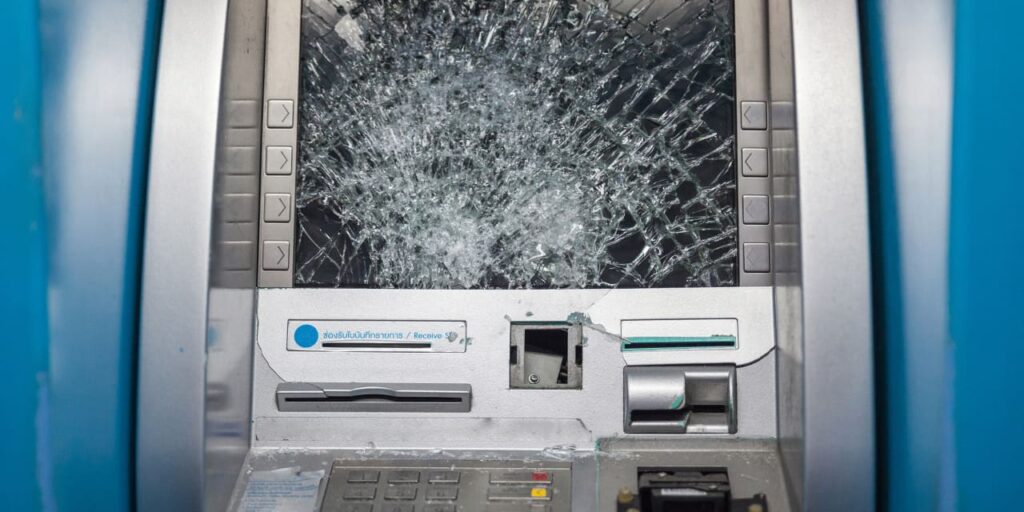For years, bank investors were itching for higher interest rates. They finally got them but it hasn’t gone as investors hoped.
The Federal Reserve has lifted the federal-funds rate by 5.25 percentage points over the past18 months and the
KBW Nasdaq Bank Index
(ticker: BKX) is down by 40% over the same period. This rate-hiking cycle hasn’t gotten investors excited about a surge in net interest income. Instead, Wall Street has focused on the negatives of rapidly rising rates: higher funding costs and hefty unrealized losses on bank balance sheets.
“The game has changed,” Doug Ramsey, chief investment officer at the Leuthold Group, told Barron’s. “Once you find keys to the locks, they change the locks.” He noted that for the roughly 12 years before this rate-hike cycle, the performance of bank stocks had a near-perfect relationship with the path of interest rates.
“It worked because there was no competition on deposit rates,” Ramsey said. Even when rates climbed 2.25 percentage points between 2015 and 2018, banks weren’t pressured to pay their depositors more. That allowed banks to widen the spread between their interest-earning assets and interest paid on liabilities.
In fact, second-quarter earnings showed that banks benefited handsomely from ballooning net interest income. At
Bank of America
(BAC), net interest income grew 14% to $14.2 billion from the year-ago quarter. Meanwhile
JPMorgan Chase
(JPM) and
Wells Fargo
(WFC) lifted their forecasts for net interest income for the year.
There are concerns that net interest income has peaked as banks are now having to pay more for deposits. The largest banks—like JPMorgan—have been somewhat immune from this phenomenon so far as savers are willing to put up with smaller yields on their nest eggs in exchange for the ease and perceived safety of banking with a larger institution. But midsize and small banks already are paying more for deposits, which hurts profits.
Beyond narrowing net interest income, banks have another problem: $558 billion in unrealized losses sitting on their balance sheets as of the close of the second quarter thanks to rapidly rising rates pushing down the value of their investment securities. If banks don’t pay their depositors more, they risk being forced to realize those paper losses if depositors flee all at once—a fate that led to the demise of Silicon Valley Bank,
Signature Bank,
and First Republic.
Ramsey has another concern with banks: They have essentially been “dead money” over the last 25 years. He observed last month that the KBW Nasdaq Bank Index closed less than1% above the average daily close during 1998. His calculations don’t account for dividends during that period.
While the relationship between bond yields and the relative performance of bank stocks used to work in tandem, the two started to move in opposite directions around this rate-hiking cycle, Ramsey observed. Higher rates have recently been a detriment to bank stocks.
With interest rates staying higher for longer, the recent pressure on banks is likely to continue. That said, the selloff in the sector this spring was immense and some bank are trading at attractive valuations even in the face of these headwinds. Barron’s has recently written favorably on
First Citizens
(FCNCA) and
Western Alliance
(WAL), for instance.
Investors will get a better assessment on the sector next week when JPMorgan Chase (JPM),
Citigroup
(C), and Wells Fargo (WFC) report third-quarter earnings followed by other large and regional banks in coming weeks.
Write to Carleton English at [email protected]
Read the full article here













